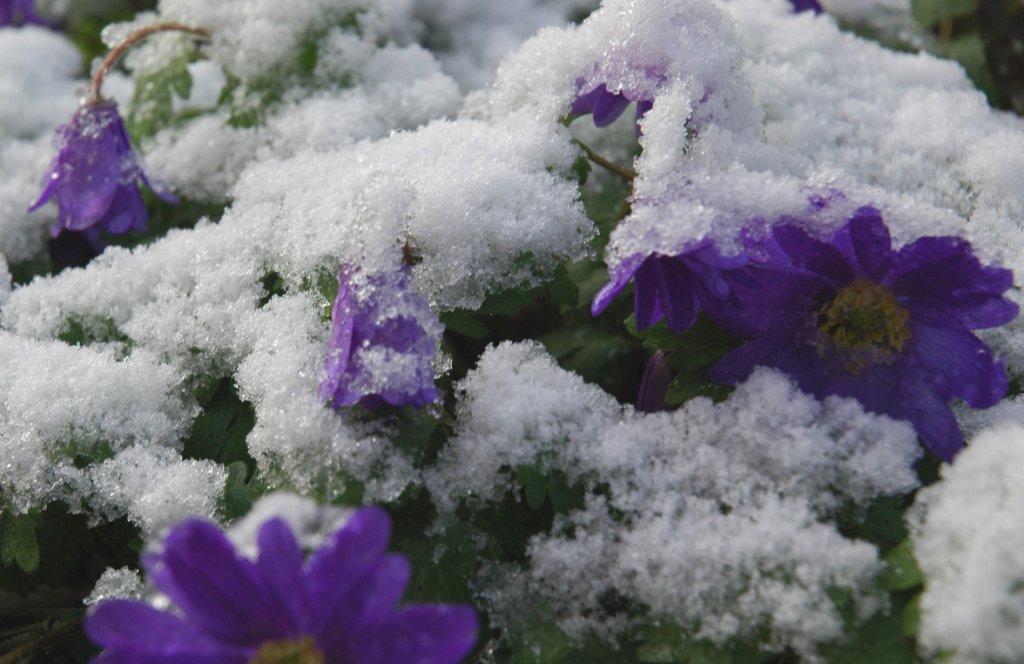Not all plants are hardy
When it has frozen a few degrees and the garden is covered with frost in the morning, that means a white shroud for some plants. They did not survive the frost.
Temperatures below zero can trigger fatal processes in the green parts of a plant, such as the leaves becoming limp. This happens because the water in the inter-cell spaces freezes and thus more and more water is withdrawn from the cells, causing them to dry out. If the frost lasts for a long time, the leaves will dry out to such an extent that recovery is impossible. Even if the temperature rises very quickly after a period of frost, irreparable damage can occur. The ice in the leaf then thaws so quickly that the drought-shrunk cell wall cannot keep up with the rate of expansion and bursts. Even a quick attack of frost can be fatal for the leaves. The water in the cells is then not gradually withdrawn from the leaf, but freezes in the cell itself. The sharp points of the ice crystals tear the cell wall apart. In short, doom and gloom.
However, there are plants that can tolerate cold very well: these species tolerate freezing cold because a large amount of sugars – antifreeze – has been dissolved in the cell fluid. These plants are hardy, because the frost leaves them untouched. Kale, for example, belongs to this group of plants and can therefore remain on the land for a large part of the winter. A few degrees of frost even improves the taste, according to an old saying: frost causes the kale to produce extra sugar and thus the bitter taste disappears.
In addition to the sensitivity of the plant, the risk of frost damage also depends on the location. Some places in the garden are colder than others, the so-called frost holes: drafty places, where the cold frosty air sinks down between houses or along dikes and lingers. Do not put frost-sensitive plants there.
To comfort you: if the frost has struck the garden mercilessly, it is good to know that nature often gives the affected plants a second chance. They will no longer flower in the coming season, but new leaves will usually form later on.
If you want to garden without frost damage, you can choose from, for example, the following hardy, hardy perennials: yarrow (Achillea), monkshood (Aconitum), sea green (Ajuga), ox tongue (Anchusa), goat’s beard (Aruncus), columbine (Aquilegia) and daisies (Chrysanthemum). And forsythia, ribes, elder (Sambucus) and guelder-rose (Viburnum Opulus) are among the hardy shrubs.

